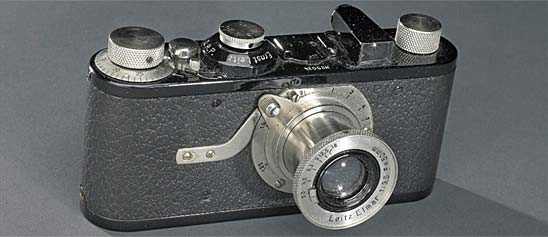With her camera, Lisa Law documented history in the heart of the counterculture revolution of the 1960s as she lived it, as a participant, an agent of change and a member of the broader culture.
- Description
-
With her camera, Lisa Law documented history in the heart of the counterculture revolution of the 1960s as she lived it, as a participant, an agent of change and a member of the broader culture. She recorded this unconventional time of Anti-War demonstrations in California, communes, Love-Ins, peace marches and concerts, as well as her family life as she became a wife and mother. The photographs were collected by William Yeingst and Shannon Perich in a cross-unit collecting collaboration. Together they selected over two hundred photographs relevant to photographic history, cultural history, domestic life and social history.
-
Law’s portraiture and concert photographs include Bob Dylan, The Beatles, Lovin Spoonful and Peter, Paul and Mary. She also took several of Janis Joplin and her band Big Brother and the Holding Company, including the photograph used to create the poster included in the Smithsonian’s American Art Museum’s exhibition 1001 Days and Nights in American Art. Law and other members of the Hog Farm were involved in the logistics of setting up the well-known musical extravaganza, Woodstock. Her photographs include the teepee poles going into the hold of the plane, a few concert scenes and amenities like the kitchen and medical tent. Other photographs include peace rallies and concerts in Haight-Ashbury, Coretta Scott King speaking at an Anti-War protest and portraits of Allen Ginsburg and Timothy Leary. From her life in New Mexico the photographs include yoga sessions with Yogi Bhajan, bus races, parades and other public events. From life on the New Buffalo Commune, there are many pictures of her family and friends taken during meal preparation and eating, farming, building, playing, giving birth and caring for children.
-
Ms. Law did not realize how important her photographs were while she was taking them. It was not until after she divorced her husband, left the farm for Santa Fe and began a career as a photographer that she realized the depth of history she recorded. Today, she spends her time writing books, showing her photographs in museums all over the United States and making documentaries. In 1990, her video documentary, “Flashing on the Sixties,” won several awards.
-
A selection of photographs was featured in the exhibition A Visual Journey: Photographs by Lisa Law, 1964–1971, at the National Museum of American History October 1998-April 1999.
- Location
-
Currently not on view
- date made
-
1967
- date printed
-
1998
- maker
-
Law, Lisa
- ID Number
-
1998.0139.064
- catalog number
-
1998.0139.064
- accession number
-
1998.0139
